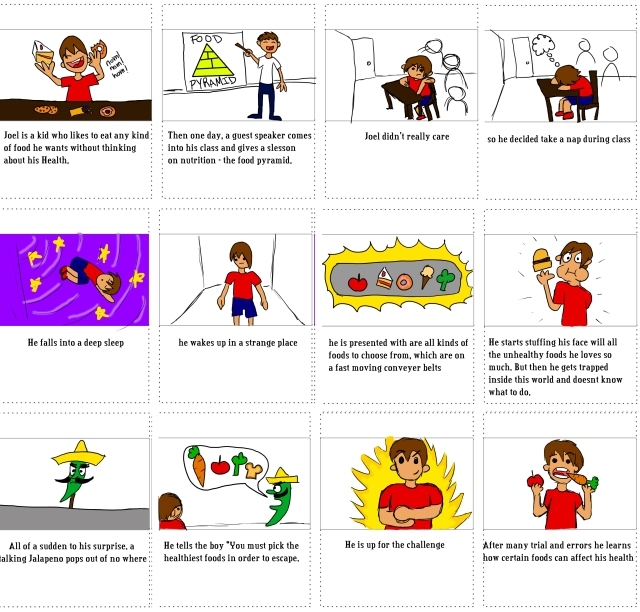Online post on a few ways to add text in OpenGL check it out!
The Android SDK doesn’t come with any easy way to draw text on OpenGL views. Leaving you with the following options.
Place a TextView over your SurfaceView. This is slow and bad, but the most direct approach.
Render common strings to textures, and simply draw those textures. This is by far the simplest and fastest, but the least flexible.
Roll-your-own text rendering code based on a sprite. Probably second best choice if 2 isn’t an option. A good way to get your feet wet but note that while it seems simple (and basic features are), it get’s harder and more challenging as you add more features (texture-alignment, dealing with line-breaks, variable-width fonts etc.) – if you take this route, make it as simple as you can get away with!
Use an off-the-shelf/open-source library. There are a few around if you hunt on Google, the tricky bit is getting them integrated and running. But at least, once you do that, you’ll have all the flexibility and maturity they provide.
(answer from Dave 2009)
Rendering text to a texture is simpler than what the Sprite Text demo make it looks like, the basic idea is to use the Canvas class to render to a Bitmap and then pass the Bitmap to an OpenGL texture:
android code snippet:
// Create an empty, mutable bitmap
Bitmap bitmap = Bitmap.createBitmap(256, 256, Bitmap.Config.ARGB_4444);
// get a canvas to paint over the bitmap
Canvas canvas = new Canvas(bitmap);
bitmap.eraseColor(0);
// get a background image from resources
// note the image format must match the bitmap format
Drawable background = context.getResources().getDrawable(R.drawable.background);
background.setBounds(0, 0, 256, 256);
background.draw(canvas); // draw the background to our bitmap
// Draw the text
Paint textPaint = new Paint();
textPaint.setTextSize(32);
textPaint.setAntiAlias(true);
textPaint.setARGB(0xff, 0x00, 0x00, 0x00);
// draw the text centered
canvas.drawText(“Hello World”, 16,112, textPaint);
//Generate one texture pointer…
gl.glGenTextures(1, textures, 0);
//…and bind it to our array
gl.glBindTexture(GL10.GL_TEXTURE_2D, textures[0]);
//Create Nearest Filtered Texture
gl.glTexParameterf(GL10.GL_TEXTURE_2D, GL10.GL_TEXTURE_MIN_FILTER, GL10.GL_NEAREST);
gl.glTexParameterf(GL10.GL_TEXTURE_2D, GL10.GL_TEXTURE_MAG_FILTER, GL10.GL_LINEAR);
//Different possible texture parameters, e.g. GL10.GL_CLAMP_TO_EDGE
gl.glTexParameterf(GL10.GL_TEXTURE_2D, GL10.GL_TEXTURE_WRAP_S, GL10.GL_REPEAT);
gl.glTexParameterf(GL10.GL_TEXTURE_2D, GL10.GL_TEXTURE_WRAP_T, GL10.GL_REPEAT);
//Use the Android GLUtils to specify a two-dimensional texture image from our bitmap
GLUtils.texImage2D(GL10.GL_TEXTURE_2D, 0, bitmap, 0);
//Clean up
bitmap.recycle();
Answer from JVitela 2011
http://stackoverflow.com/questions/1339136/draw-text-in-opengl-es-android
OpenGL live text-rendering http://stackoverflow.com/questions/2071621/opengl-live-text-rendering
Font Stash: How to do font stuff http://digestingduck.blogspot.com/2009/08/font-stash.html
Drawing Text in OpenGL ES http://www.koushikdutta.com/2008/10/drawing-text-in-opengl-es.html


